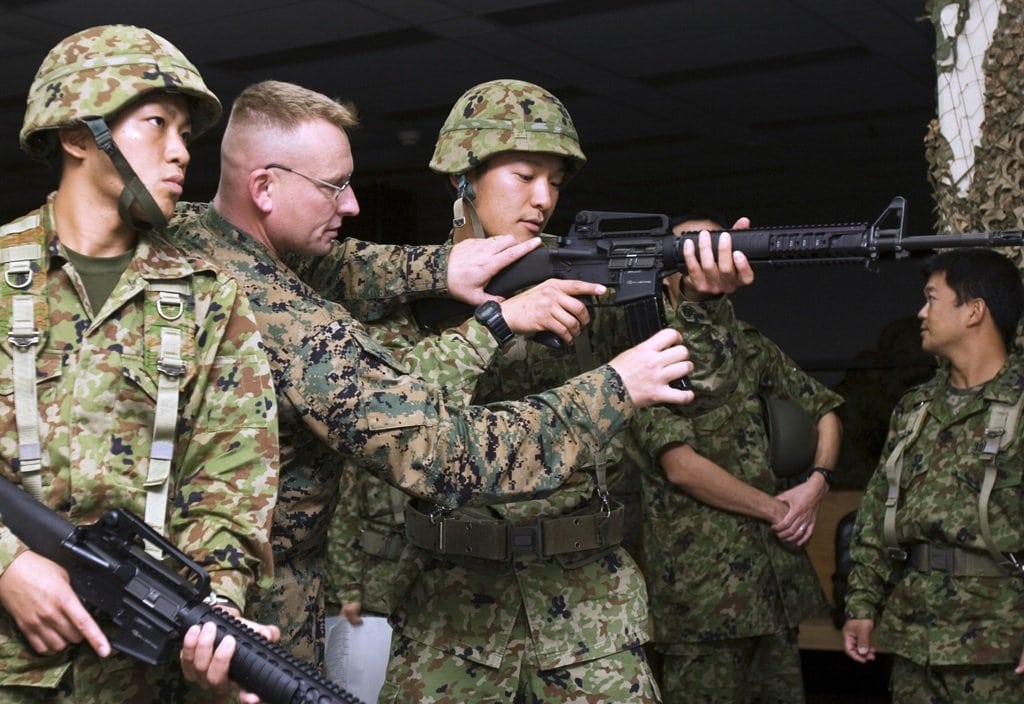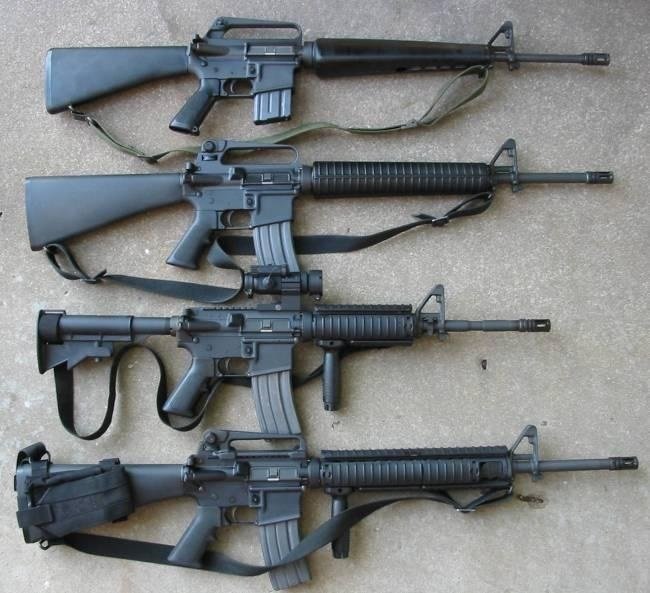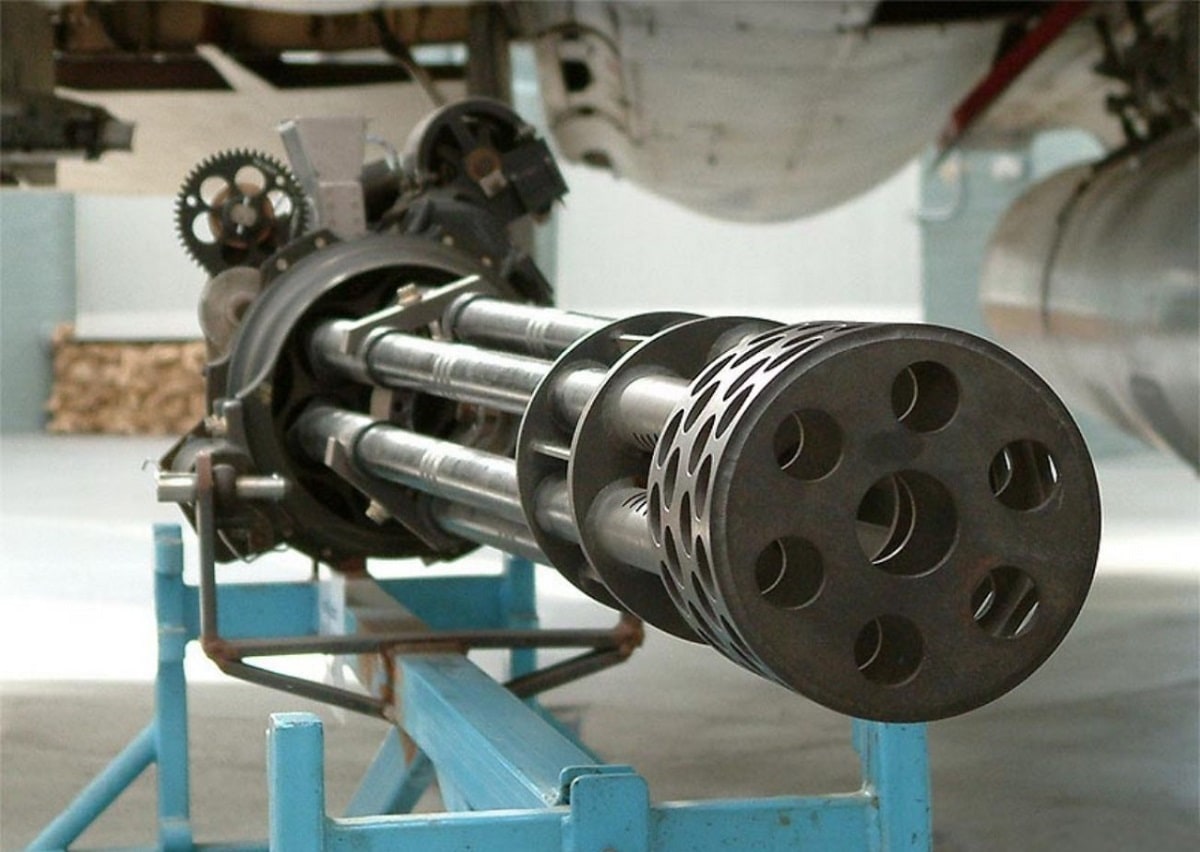When the Taliban regained control of Afghanistan this week, they looked much like a victorious army. The optics to the world was that a small insurgent force drove out the most powerful nation in the world with little more than AK-47s, RPGs, and determination. By contrast, the actual Afghan National Army had little to no will to fight, and despite claims by President Joe Biden that it was larger in size than some NATO allies, the Afghan military never really had the numerical advantage and it had too much ground to maintain.
However, what the Afghan Army did have was lots and lots of American-supplied military equipment, much of which is now in the hands of the Taliban. The capture of that hardware could transform it into a far more modernized fighting force – one that has equipment superior to some of America’s other potential adversaries including Iran and North Korea.
The Taliban, Now Armed with U.S. Military Hardware
What exactly the Taliban may now have in its arsenal isn’t even known, but Reuters cited an official in the Biden Administration who said that current intelligence assessment is that the Taliban could have captured more than 2,000 armored vehicles, including U.S. Humvees, and up to 40 aircraft that potentially include UH-60 Black Hawks, scout attack helicopters and even ScanEagle military drones.
According to a 2017 Government Accountability Office (GAO) report, the most recent accounting of U.S.-made equipment, since 2003 the United States has provided the Afghan forces with at least 600,000 light weapons including M-16 and M-4 rifles, 76,000 vehicles including light trucks, 16,000 night-vision goggles, 162,000 radios, and other communications devices. This is in addition to the vast qualities of grenades, grenade and rocket launchers and vast quantities of ammunition – possibly numbering in the millions – delivered to the Afghan military between early 2017 and 2019, according to a 2020 Special Inspector General For Afghanistan Reconstruction report.
The military hardware now in the hands of the Taliban could be worth billions of dollars.
Representative Michael McCaul, the top Republican on the U.S. House of Representatives Foreign Affairs Committee, warned that there have been images of Taliban fighters armed with U.S.-made weapons and that poses a significant threat to the United States and its allies.
Arms For Hire and Sale
The capture of the vast caches of weapons is a concern not just in how the Taliban may use it, but as Politico reported on Thursday, there is the rising danger that there could soon be “regional arms bazaars” where the hardware makes its way to other terrorist groups and insurgents. Experts have warned that the equipment is going to end up in the hands of Al Qaeda and other bad actors.
“What we are seeing now is these weapons, which have ended up in the hands of the Taliban, will probably circulate in the region for many decades to come,” Nils Duquet, Flemish Peace Institute interim director, told Politico. “At the moment, they’re very instrumental [because] if you want to control territory, you need small arms.”

Two JGSDF soldiers conducting weapons familiarization training with M16A4 rifles
If there is a silver lining it is that American-made hardware could require not only training and some skills to operate, but much of it requires regular maintenance. The more sophisticated equipment including the aircraft and communications gear could become inoperable within months – largely because the Afghan Army and Air Force relied on foreign contractors to handle much of the maintenance. Spare parts for the Humvees and helicopters could also be used up quickly, and while Iran has shown determination in keeping its American-made equipment operational for decades, it isn’t clear if the Taliban is as up to the task.
Another bit of good news is that many of the trained Afghan pilots have already fled the country – flying their A-29 attack planes and Black Hawk helicopters to Uzbekistan. It isn’t clear what will happen to those aircraft now, yet it is entirely likely those planes and helicopters will be used by Uzbekistan. However, that could still be a far better option seeing them in the hands of the Taliban, Al Qaeda or ISIS. Unfortunately, that’s the best news in what has become a very bad situation.

M16 Rifle Variations.
Peter Suciu is a Michigan-based writer who has contributed to more than four dozen magazines, newspapers and websites. He regularly writes about military small arms, and is the author of several books on military headgear including A Gallery of Military Headdress, which is available on Amazon.com.
Image: Creative Commons.

